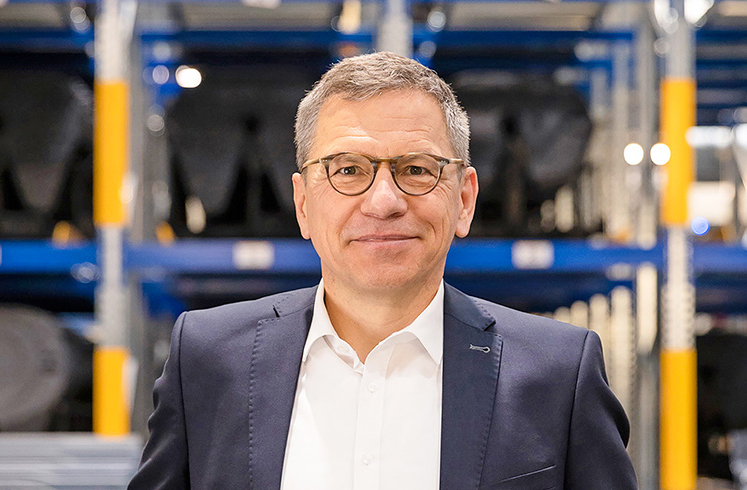
N. Balasubramanian and Rajesh Rajgor visited the JOST facility at Neu-Isenburg, Germany for an interview with Joachim Duerr, CEO, JOST. In this engaging interview, they discuss the current market sentiments, growth potentials and future trends for JOST globally
How is business at JOST at present? How has the year 2022 been so far and what does the outlook for the rest of the year look like?
With the exception of China, we enjoyed a solid start to the year in practically every market. In China we are still feeling the effects of the China Six introduction as well as their corona virus plan, which involved numerous lockdowns. India, among other countries, has been particularly strong, though. North America and Brazil have both been powerful. Europe has also been strong. Therefore, our revenues increased by 21 % in the first quarter compared to the same period last year. Due to rising material costs, our EBIT ratio is a little lower than it was in the prior year.
Overall, our products are performing well on the market in all geographies. This covers both the business lines for agricultural products and transportation. As you are aware, around one-fourth of our business is devoted to agricultural, while the other three-quarters is devoted to transportation. So, we got off to a good start in both areas. It was crucial for us to have a very flexible operation because it allowed us to employ our local-for-local strategy and respond swiftly to market demands. We take an effort to produce there where we sell, and this has made it easier for us to keep up with the local market shifts.
As for the remainder of the year, as you know, the situation in Ukraine has had a significant influence on Europe. It’s awful for the individuals involved and has caused issues for several of our clients. Despite all of these challenges, we still anticipate growth for the rest of the year. We have reaffirmed the outlook we provided at the start of the year and remain dedicated to achieving success for the remainder of the period.
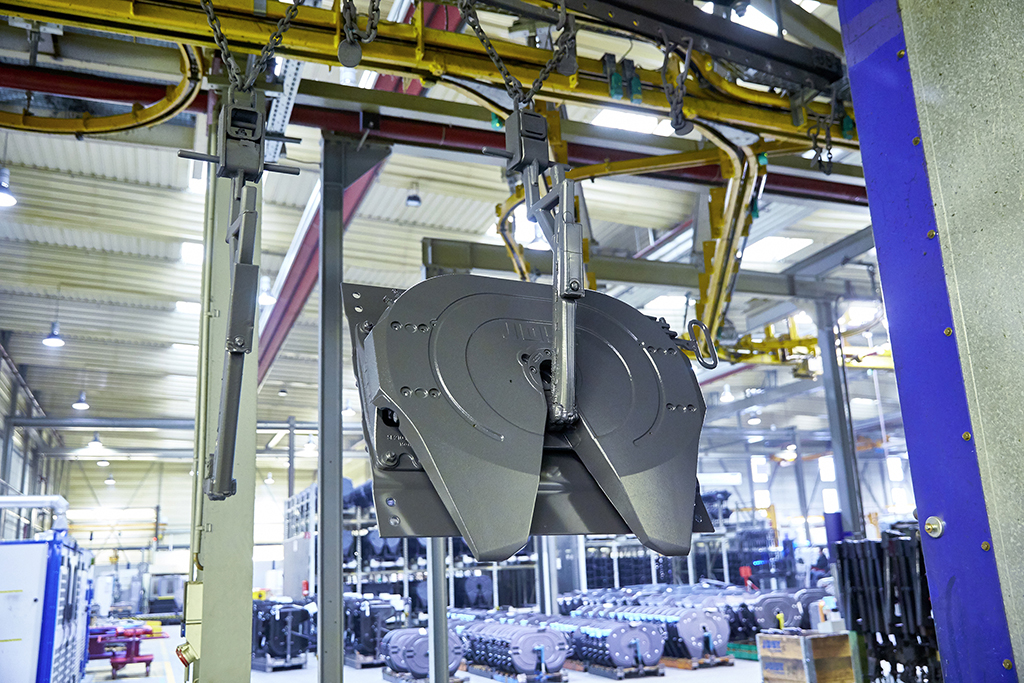
Would you say we are coming back to the pre-pandemic levels in terms of market share in terms of growth? Are we there yet?
We already outperform those numbers in terms of market share, particularly in North America. In terms of market volume, we are currently between 2019 and 2018 volume level. For trucks, 2018 was a record year in the Northern hemisphere. Because of price increases brought on by the growing impact of material costs, we are currently just shy of the peak revenue level we achieved at that time in any measurable currency. However, in terms of units and volume, we are falling short of the highs reached in 2018-19.
Could you give us an update on the four brands of the JOST World? How are they performing in their respective segments and how good is the potential for further growth and expansion?
Our brands for transportation are JOST, ROCKINGER and TRIDEC. Our growth has been facilitated by all the three brands. Most likely, JOST more than ROCKINGER due to the continued increase of fifth wheel and truck-trailer combinations. Therefore, we continue to witness an increase in the number of articulated vehicles, particularly in emerging nations. As a result, we sell JOST fifth wheel couplings more than ROCKINGER towing hitches. But overall, we are seeing growth across the board. This includes TRIDEC, which is also quite a nice growth story given that the package delivery we observe, particularly in Europe, calls for larger containers and trailers with higher agility. TRIDEC’s steering mechanisms are useful in these situations. As a result, we have observed that certain TRIDEC solutions – be it steer axles or axles for double-decker trailers – support our expansion. For the new distribution networks, we anticipate a greater demand for these specialised trucks.
The agricultural loader products come under our Quicke brand. The expansion of all agricultural markets benefits us. Like the transportation sector, agriculture is a worldwide growing industry because as the world’s population rises, so does the need for higher-quality food as a result of people’s bettering economic circumstances.
Mechanised agriculture is expanding as a result. Over the past two years, we have benefited from this trend. Our sales of loaders have increased. Right now, we are very strong, particularly in Europe and North America. We intend to expand outside of those regions to the South American and Asian markets in the future. Given the strength of a robust agriculture industry, we have witnessed good growth with the Quicke brand.
Let’s bring the focus back to the JOST brand. As a market leader, how do you keep innovating on the product side? What is next in line as far as technology in fifth wheel couplings and related trailer products are concerned?
We offer just the best items to make sure that our customers receive flawless safety-critical products. We pledge to provide the best service, close proximity to our customers, and the appropriate products, replacement components and spare parts. As a market leader, that is our commitment. Continuous improvement is what we aim for. There are three major industry trends we can see transforming the future. Products that are more environmentally friendly, where we use green grease and automated lubrication systems. More items are becoming connected and more data is being gathered. We are creating sensor apps for our fifth wheels to make sure they are correctly paired.
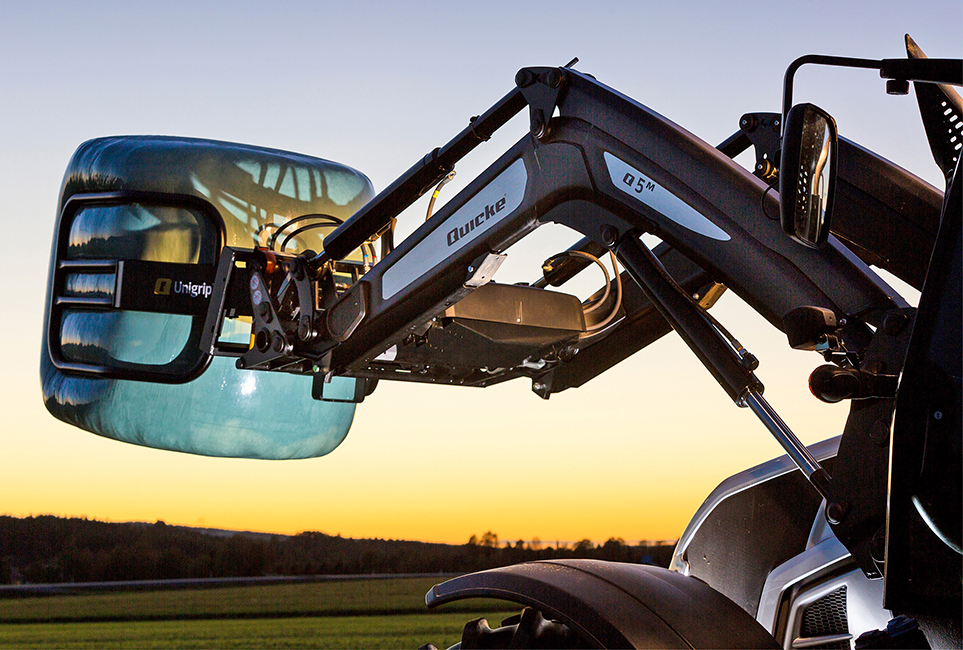
The third significant trend is the use of autonomous or, as I would put it, highly assisted coupling systems. We will show that the coupling procedure itself needs to be extensively automated in order to be significantly safer, faster and more dependable. Finding these solutions is essential because of rising safety concerns, rising customer expectations for comfort and widespread driver shortages.
It makes no sense to have a driver simply to open the fifth wheel when considering fully autonomous vehicles. Therefore, we must be able to couple and decouple trucks fully autonomously. There are a number of steps on the way there. Our KKS system, which we have already introduced and is currently being manufactured, will greatly enhance the safety of these items. Therefore, the future I foresee is one that is greener, more connected, and more autonomous or more assisted.
JOST has had a first-mover advantage in the Indian market and has been driving the market there. How important is the Indian market for JOST globally? What role do you see India playing in your global growth journey moving forward?
We have always had faith in the Indian market, which is why we were there first. India is a large nation with a sizable population and excellent growth prospects as well as a very educated, young and eager to learn population with good English skills. There is a lot of opportunity, especially if the proper administrative actions are taken to support it. Truck trailer combos have a considerable market opportunity in India. When they can decouple they allow to use the equipment much more productively.
All throughout the world this system shows a very high level of efficiency. We estimate that there are 2-3 trailers per truck in Europe and North America. Simply drop the trailer and pick another one while it is being unloaded to maximise the use of the truck. India has not yet fully realised its potential.
India also has a strong supplier base in casting and forging from an operational standpoint. Similar to this, there is plenty of trained labour accessible for electronics and software. This makes the supply market fantastic for us. India is where we currently have one facility, and we are investing in a second plant – we consider India to be a great location for manufacturing.
You indicated greener solutions as one of the major trends and electric vehicles is probably one of the most important of the trends across the globe and also in India as well. Talking about the globe for this topic, how is JOST gearing up for the change as a company? How are you trying to support your customers in the e-mobility revolution we are seeing?
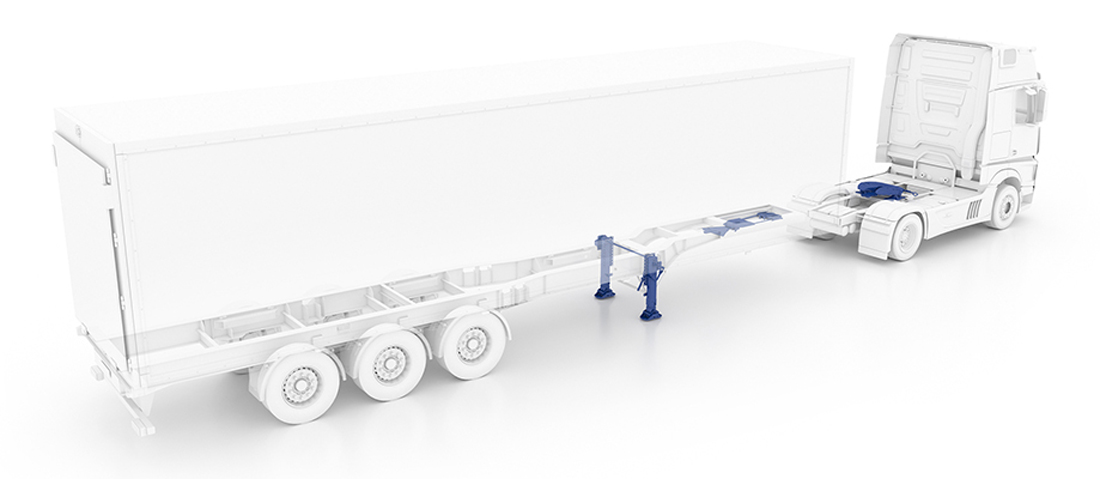
For a large portion of the supply base this transition poses a significant issue. Thankfully, it doesn’t matter to us whether the propulsion system is an internal combustion engine (ICE), a fuel cell or an electric engine. We don’t directly influence anything. We do, however, perceive a role in helping our clients. New requirements are on the horizon. We are discussing whether it is necessary to connect high power voltage, for instance, between a truck and a trailer because some batteries may need to be at the trailers for weight reasons as well as charging reasons since the trailer might recharge itself when it is idle. We are in conversations with OEMs in case we need to build connectors that permit such in the coupling process. Therefore, we are looking into electric axles as a potential area where we may assist our clients.
Looking into the future, how does JOST plan to expand its footprint across the globe, both organically and through acquisitions and mergers. Do you see any major change in contribution from Asian markets like India and China to your global revenue in the medium- to long-term future?
We have a solid track record of growth over the previous three years. Our revenues increased from Euros 700 million to above one billion. We want to keep growing. One area where we see tremendous potential is in technology, where we provide fresh ideas. KKS is a significant advancement and integrated camera and sensor systems will raise the value of our products.
There are a few market prospects in the transportation sector where we are not yet active. Even though we dominate the global fifth wheel coupling industry, we still have some international opportunities on steering and some extra applications, such as aided functions. We are quite strong in North America and Europe when it comes to agriculture, as I just indicated, but there are also prospects for growth in South America, Africa and Asia. Depending on the opportunity, we will either invest ourselves or pursue acquisitions. It always relies on whether it matches both firms’ strategies.
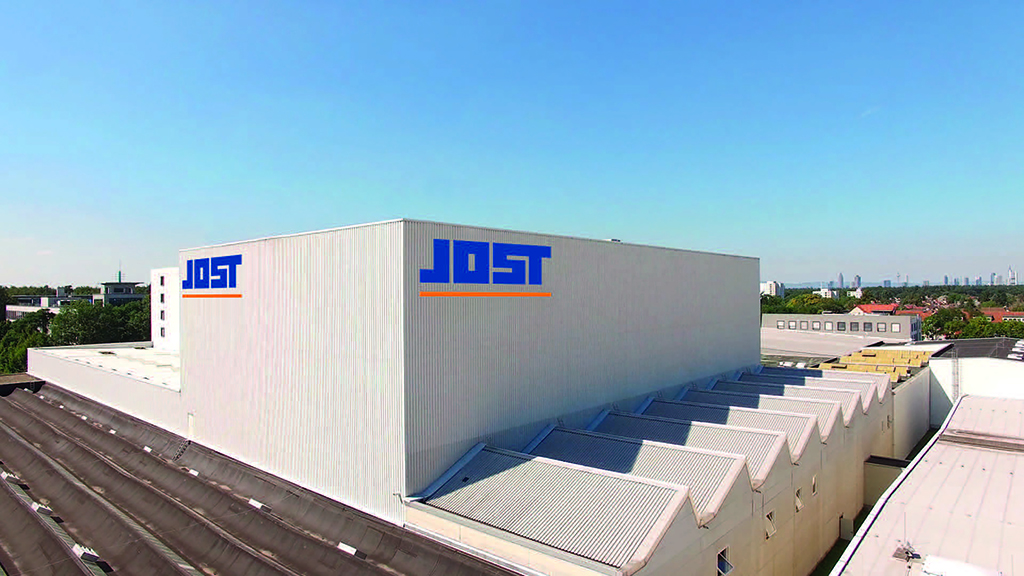
Lastly, JOST is celebrating its 70th anniversary. How would you sum up your company’s 70-year journey and what would you do to further become a much bigger and a better brand in the next 70 years?
Listening to our customers has been the key throughout the past 70 years. They need flexibility and the appropriate engineering expertise. Our understanding of the local market ensured that we received the best opportunities. That is how we became the worldwide market leader for fifth wheels and landing legs.
For the future we need to continue to focus on our customer needs and to increase our technical capabilities beyond just pure mechanical skills. We are moving in that direction with sensors, camera systems, KKS system and other ideas that we have in our product pipeline. There is still a long way to go and we are geared up for it.